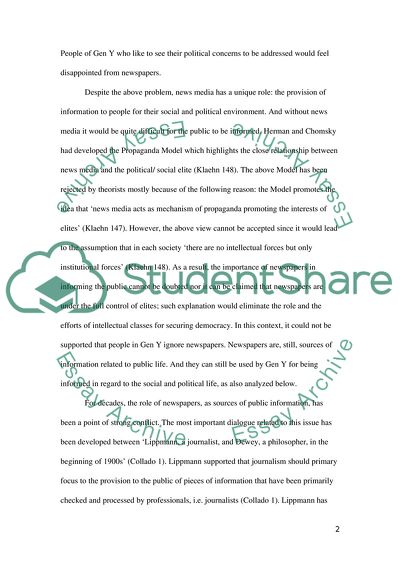Cite this document
(Newspapers and how They Attract the Next Generation Article Example | Topics and Well Written Essays - 1500 words, n.d.)
Newspapers and how They Attract the Next Generation Article Example | Topics and Well Written Essays - 1500 words. https://studentshare.org/journalism-communication/1812662-what-would-newspapers-have-to-do-to-attract-the-next-generation
Newspapers and how They Attract the Next Generation Article Example | Topics and Well Written Essays - 1500 words. https://studentshare.org/journalism-communication/1812662-what-would-newspapers-have-to-do-to-attract-the-next-generation
(Newspapers and How They Attract the Next Generation Article Example | Topics and Well Written Essays - 1500 Words)
Newspapers and How They Attract the Next Generation Article Example | Topics and Well Written Essays - 1500 Words. https://studentshare.org/journalism-communication/1812662-what-would-newspapers-have-to-do-to-attract-the-next-generation.
Newspapers and How They Attract the Next Generation Article Example | Topics and Well Written Essays - 1500 Words. https://studentshare.org/journalism-communication/1812662-what-would-newspapers-have-to-do-to-attract-the-next-generation.
“Newspapers and How They Attract the Next Generation Article Example | Topics and Well Written Essays - 1500 Words”. https://studentshare.org/journalism-communication/1812662-what-would-newspapers-have-to-do-to-attract-the-next-generation.


